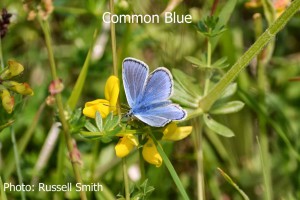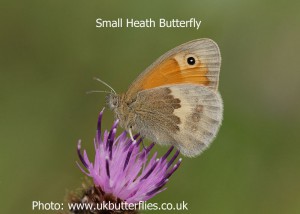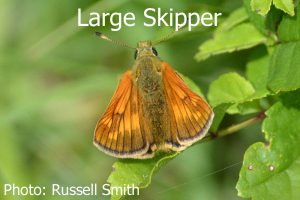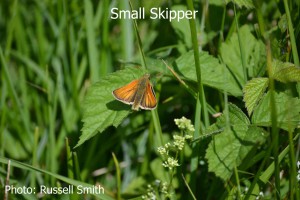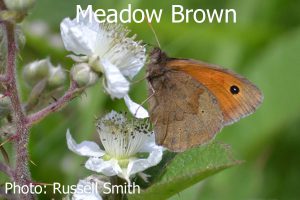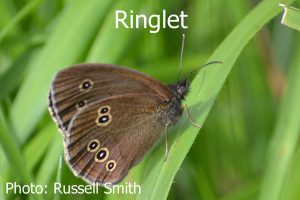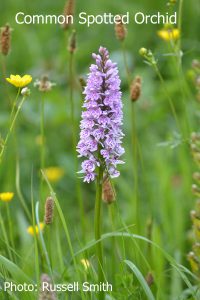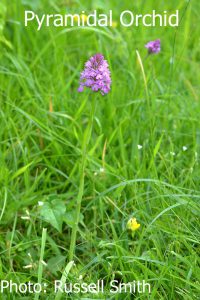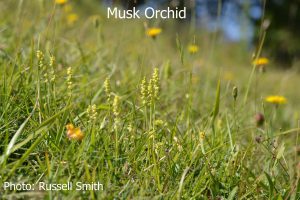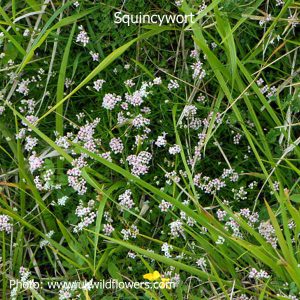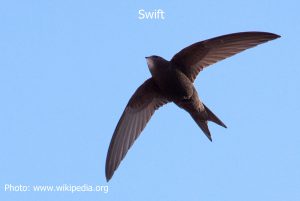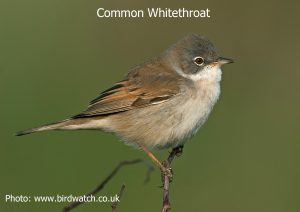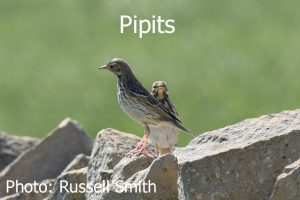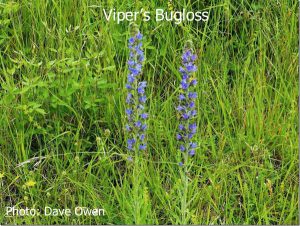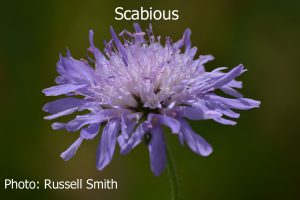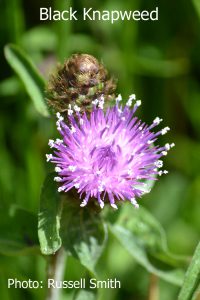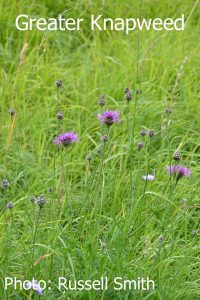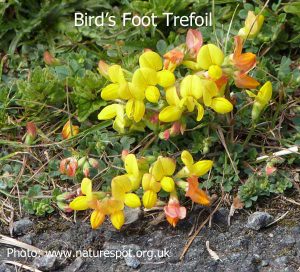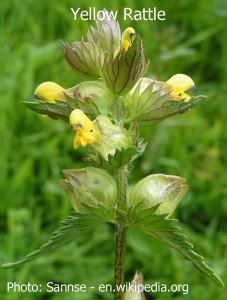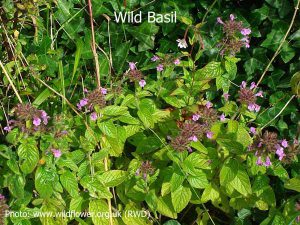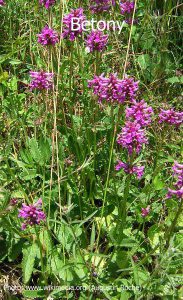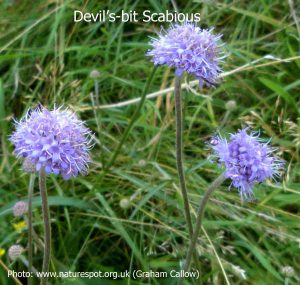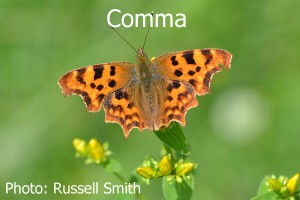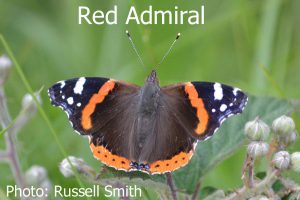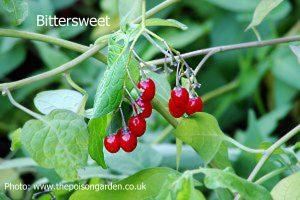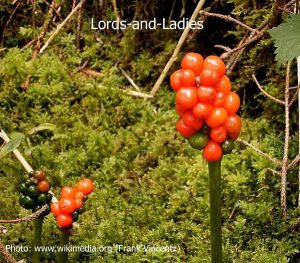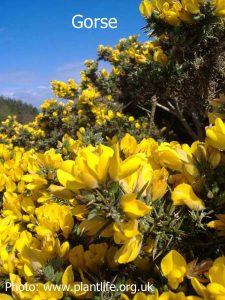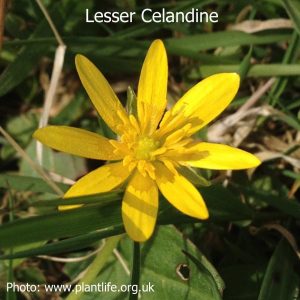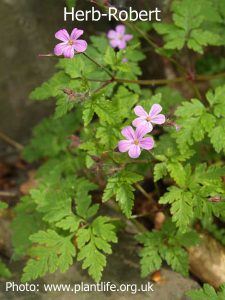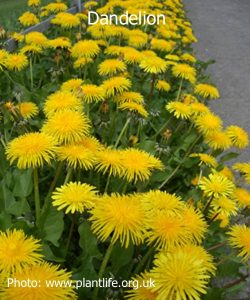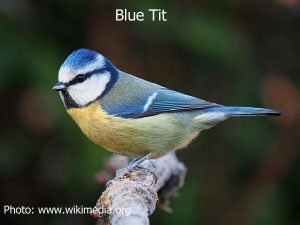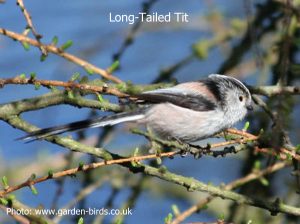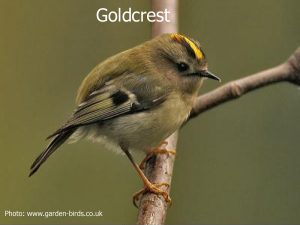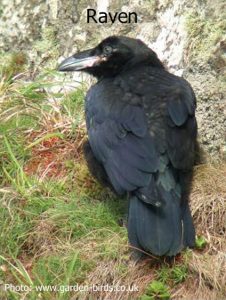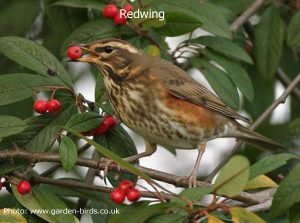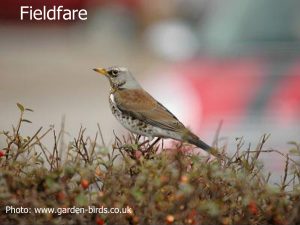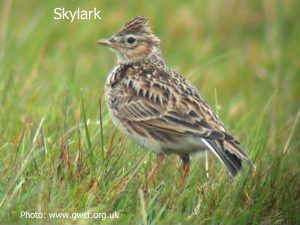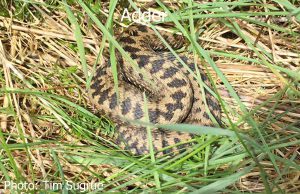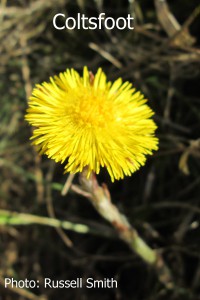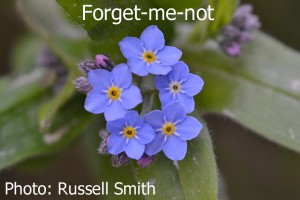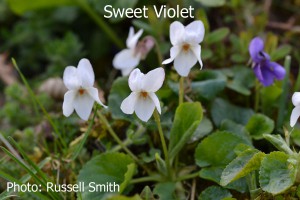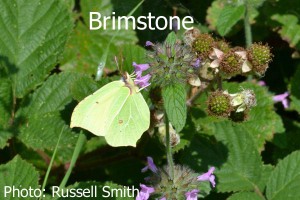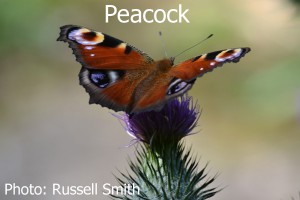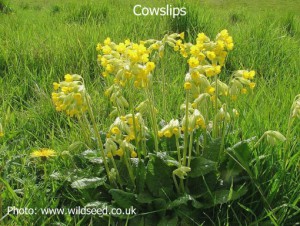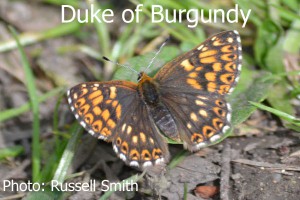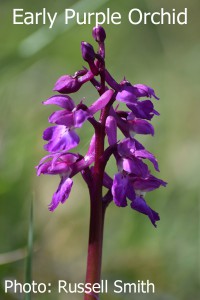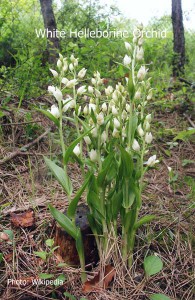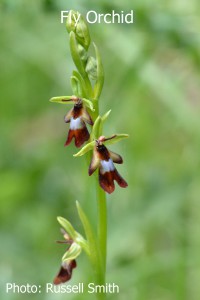On this page you will find some indications of things to look out for throughout the year when you are visiting Leckhampton Hill and Charlton Kings Common.
June
With the warmer days, more butterflies are on the wing. Common Blues and Small Heaths are amongst those most frequently seen early in the month. In the second half of the month, Large, Small and Essex Skippers keep you guessing as to which they are as they dart about. Meadow Brown, Ringlet and Marbled White also start to emerge with numbers usually peaking in July.
The Common Spotted orchids with pale pink to purple flowers now begin their show, closely followed by the more compact spike of the Pyramidal Orchid. The diminutive cream coloured Musk Orchid though is much more difficult to spot, being only 2-3 inches high.
July
Enjoy the swifts whilst you can as they scythe their way across the face of the scarp slope, their screeching call a sign of high summer as they will leave our shores soon after the end of the month. You might also catch sight of a whitethroat, another summer visitor. The resident meadow pipits are still performing their song display flights.
The colour palette of the flowers is starting to change from yellow to blues, pinks and purples as the vipers bugloss, field and small scabious, the diminutive squinancywort, common and red valerian, black and greater knapweed and various thistles come into flower. Don’t be tempted to pick and eat the wild strawberries, inviting as though they look, as they may well have been licked by the cattle (or worse)!
August
The reason for the common names of some plants now become apparent: look for the claw-like seed pods of the Bird’s-foot Trefoil and the rattling seed heads of the Yellow Rattle, the semi-parasitic annual plant on grasses.
Wild Basil with its whorls of pinkish-purple flowers and Betony, taller with reddish-purple flowers are widespread, and by mid month will be joined by the pincushion flowers of Devil’s-bit Scabious creating a blue haze in places.
Dwarf Thistles, commonly known as picnickers thistle due to its habit of catching ground seated people unawares, can be spotted with ease as the purple usually stalkless flower opens to reveal its presence.
Butterfly numbers have now peaked, but Gatekeepers, Meadow Browns and the second generation Common Blues should be seen in sunny weather.
Autumn
As the flowers of most plants begin to fade, those of ivy are just opening, offering a welcome source of pollen and nectar to insects. Listen out for the hum of bees, wasps, and hoverflies and use this to locate the plant scrambling up a shrub or tree.
Butterflies, in particular Commas and Red Admirals, can often be spotted during warm sunny spells enjoying the feast.
Berries and hips come to the fore: in red the perennials (clambering bittersweet and low growing lords-and-ladies), the climbers (rose, honeysuckle, white and black bryony), the shrubs (guelder rose and hawthorn), as well as the whitebeam tree. Black is represented by the blackberries, elderberries and privet.
After rain and misty cool nights, admire the intricate variety of spiders webs and marvel at their beauty, and get caught up on gossamer threads on which the spiderlings disperse.
Winter
Now the fallen leaves have lost their colour, transfer your gaze to the tree trunks and branches above and admire their stark outlines and the mosses, lichens and algae on them. Take the opportunity to marvel at the silhouettes of the different species and use the colour, shape and form of the bark, twigs and buds to identify them.
Come the New Year, why not count the number of different species of plants in flower? Gorse, celandine, white deadnettle, herb robert and dandelion are quite possible. If others are found, why not let us know so that details can be posted in the ‘What’s New’ section of this website.
Birds can be located, initially by their contact calls, and more easily by sight now there are no leaves to obscure the view. Large mixed flocks of tits (mainly blue and long-tailed) are sometimes joined by a family of goldcrests and can often be heard and then seen as they move between the bare branches of the trees, searching out their insect food.
Buzzards and ravens call as they soar across the face of the scarp slopes and groups of migrant redwings and fieldfares feeding on berry bearing trees and shrubs fly off chattering to each other when disturbed.
Sometimes when the Severn Vale is shrouded in fog, the top of the hill is in sunshine and the Malvern Hills seem to be floating above it. Frost and fog can create a beautiful if ephemeral winter wonderland, with ice crystals emphasising leaf veins and encrusting grass stems and twigs, so wrap up warm, get out there and see for yourself!
March
With the coldest weather of the year now over (hopefully!), birds are beginning to think about finding suitable sites to start building a nest. The winter flocks have now largely dispersed, and pairs of long tailed tits can sometimes be seen gathering cobwebs and lichen with which to bind and disguise their nests being built deep inside gorse bushes. Almost regardless of the weather conditions at the time, skylarks are flying high whilst singing to proclaim their ownership of the area below and should a neighbour encroach on to their perceived territory, a chase sometimes ensues.
On warm still and sunny days, adders may be found basking in the sheltered areas close to their hibernacula. In the interests of safety, it is best to keep dogs on a lead at this time as the snakes are still rather lethargic, slow to react to potential threats by retreating out of sight so more likely to strike at an overly curious animal.
It will still be some time before invertebrates are seen in any numbers, but male winter gnats can sometimes be spotted in large numbers dancing in the sunshine trying to attract a mate –apparently these insects do not bite! And the occasional hibernating butterfly, usually either a Peacock or Small Tortoiseshell might be encouraged to emerge into the spring warmth.
April
The yellow flowers of gorse, celandine and coltsfoot are now being joined by blues, whites and violets of forget-me-not, bitter cress, sweet violets and ground ivy.
The white trunks and purple twigs of the silver birch are now slowly being obscured by the golden chestnut or slightly khaki shades of the emerging catkins and leaf buds. Look closely on a warm, sunny day and you might glimpse a smallish chestnut coloured moth (called an Orange Underwing) flying high above the birch.
You may also see Small Tortoiseshell, Comma, Brimstone and Peacock butterflies on or close to the ground sunning themselves.
Birds are beginning to proclaim breeding territories and especially vocal are larks, great tits, wrens and robins, and with perhaps the most visible being yellowhammers as they tend to perch at the top of shrubs to sing. Keep an eye and ear out for the first swallows and house martins as they return on migration, bringing with them hopes for summer weather!
May
Listen out for cuckoo, especially on the eastern end of Charlton Kings Common.
Cowslips are at their flowering best, and those growing in the shelter of longer grass and scrub may be used by egg laying Duke of Burgundy butterflies, which are on the wing from the middle of the month.
Orchids are now coming into flower: the first is usually the Early Purple, followed by Twayblade, Fly Orchid, (so named as the lip mimics the insect) and White Helleborine (which is common in the more shaded areas of hazel coppice).
Look out for the two colour forms of the Common Milkwort, blue and pink (as well as various shades between), a small fairly prostrate plant growing across the grassland.
